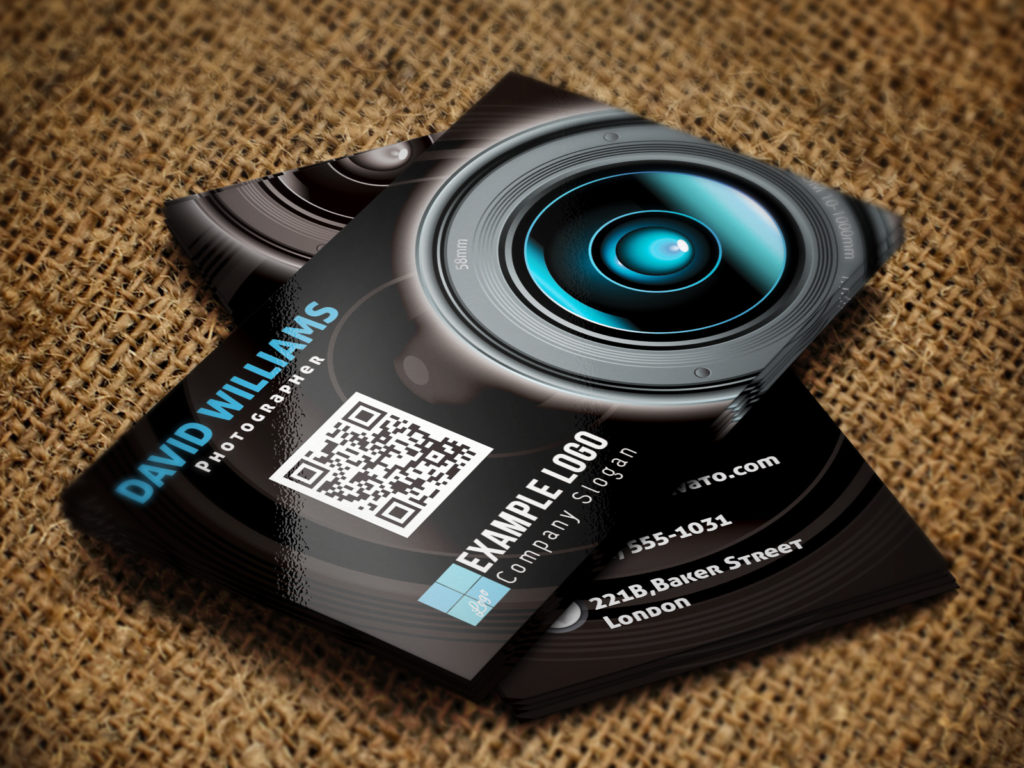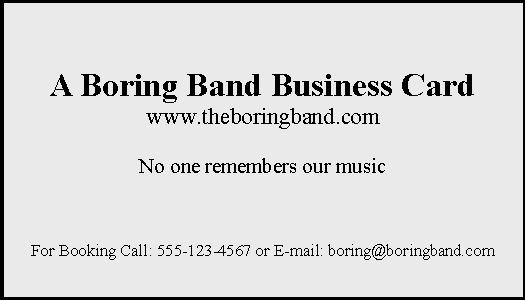Are Business Cards Dead?
Business cards date back to the 17th century when they were used to announce the arrival of a distinguished guest to the keepers of an estate. Although a networking event isn’t exactly the announcement of your arrival in an elegant horse-drawn carriage, a business card can still work in your favor.
Many people have mixed feelings about business cards. Some people contend business cards are dead with the younger and tech-savvy generation preferring to exchange information on Twitter or connect on LinkedIn. They claim business cards are the last vestiges of the era of paper and print.
I maintain those people are wrong.
 Contrary to popular belief, research has shown that the business card is far from waning. Business cards may be small, but their impact is huge. A business card plays an important part in making a lasting impression upon those you do business with. In fact, business cards are evolving in style and design and catering to the needs of entrepreneurs. Research has also shown that a large majority of people still hand out business cards and people on the receiving end still find them useful.
Contrary to popular belief, research has shown that the business card is far from waning. Business cards may be small, but their impact is huge. A business card plays an important part in making a lasting impression upon those you do business with. In fact, business cards are evolving in style and design and catering to the needs of entrepreneurs. Research has also shown that a large majority of people still hand out business cards and people on the receiving end still find them useful.
Despite living in a digital world, business cards can be critical to the development of your business. These small but effective tools that are often handed to customers and prospects can be a highly personalized form of marketing. A well-organized and aesthetically appealing business card can make a better impression than any website address or social media account, which can easily be lost in translation.
Reasons Why You Should Have a Business Card
They Create a Solid First Impression
Business cards should be part of your self-introduction. These eye-catching 3.5 x 2-inch pieces of heavy-duty paper contain all the vital contact information needed to capture your prospect’s attention and help you remain in their memories well after your initial meeting. Today, contacts also expect business cards. They can enhance your credibility and legitimacy and give your prospect a better sense of your professionalism.
They’re Direct Marketing Tools
No other form of marketing is more effective than face-to-face communication coupled with a handshake. Business cards can go wherever you go, making them an essential marketing tool that can facilitate the process of establishing and maintaining new clients for future business opportunities. You never know when you’ll run into a potentially valuable prospect, so you should always be prepared. By keeping a stack of business cards on-hand, you’ll always be ready to market you or your business when the opportunity arises.
They Help Build a Brand
Business cards are a simple way to establish your brand, which in turn makes either you or your business more easily recognized. A successful card should contain your company’s logo, advertising slogan, and necessary contact information, including a phone number, website address and email where you can be easily reached. Remember that just because your business card is made from paper doesn’t mean it can’t also be tech-savvy. Many business owners now use QR codes on their cards that can be scanned by a smartphone to direct customers to the business’s website or social media page.
They’re Budget-Friendly
One of the biggest advantages of a business card is its affordability. Businesses can print business cards for less than it costs to produce other types of marketing materials, such as commercials, press kits, and product samples. When the price is so low and can be easily fit into any business budget, why not always keep business cards on hand? A business card is an excellent way for a business to gain momentum with an attention-getting design.
One of the worst mistakes a business owner can make is to misjudge the importance of a quality business card to brand identity and business development. It can act as your first impression and directly reflect how potential prospects and customers look at your business. While there’s no denying online marketing has become a popular tool for business professionals, traditional marketing still remains strong.
What Information Should Go On a Business Card?
Business cards serve many purposes, but their primary purpose is to tell what you do and give the recipient a way to contact you. Don’t leave off the information the recipient needs most.
At the very least a name and contact method (address or phone number) should go into a business card design. As for where to put this information, there are hundreds of possible arrangements, but there are a few commonly accepted guidelines for where to place the essential information.
Other information is optional but as a minimum, the business card design should usually contain:
• Individual’s Name and/or Business Name: Whether using a horizontal or vertical arrangement, the person’s name or the business name are usually the most prominent text item on the card. It is usually placed in the center or upper half of the card and emphasized with a larger or bolder font.
• Individual’s Title or some other descriptive text to indicate what the person does if it’s not obvious from the business name.
• A way (preferably multiple ways) to contact the person such as phone, fax, email, web page, mailing address, street address, etc. This information is usually placed in the lower half of the card (left, right, or centered). The preferred method of contact (such as phone number or email) is often emphasized with a larger size, bolder font, or more prominent placement.
Other information to keep in mind when designing your business card may include:
Slogan:
Taglines are always important for business cards. As the space provided is small you require filling in important details. Taglines can always attract people.
Simplicity:
Keep your card simple to make it look clean and organized. A simple business card design will have more space for you to fill in important details. Always try using both sides of the card so that the information doesn’t look cluttered and/or disorganized. Make your card look attractive and unique.
Image:
Images are very powerful. Anything that is visual appears more attractive. Your goal should be making your card more aesthetically pleasing. The image should represent your company well. The image should be such that your clients remember your card for its aesthetics.
Company Logo:
Always place the company’s logo in a prominent area so that it is visible and clear. The logo represents your company; hence giving importance to the logo can you gain potential clients. The logo should create a positive impression about your business.
Unique:
Always try to create a business card that is unique and that stands out. You can opt for designs that use varied shapes for your card. You can fill in your card with colors  because the traditional white may look boring. Your ultimate aim should be making your card look attractive and unique.
because the traditional white may look boring. Your ultimate aim should be making your card look attractive and unique.
Always remember your business card is the face of your business.
Like it or not, business cards are here to stay.
Do you carry business cards? Why or why not? Share your thoughts.

Leave a Reply